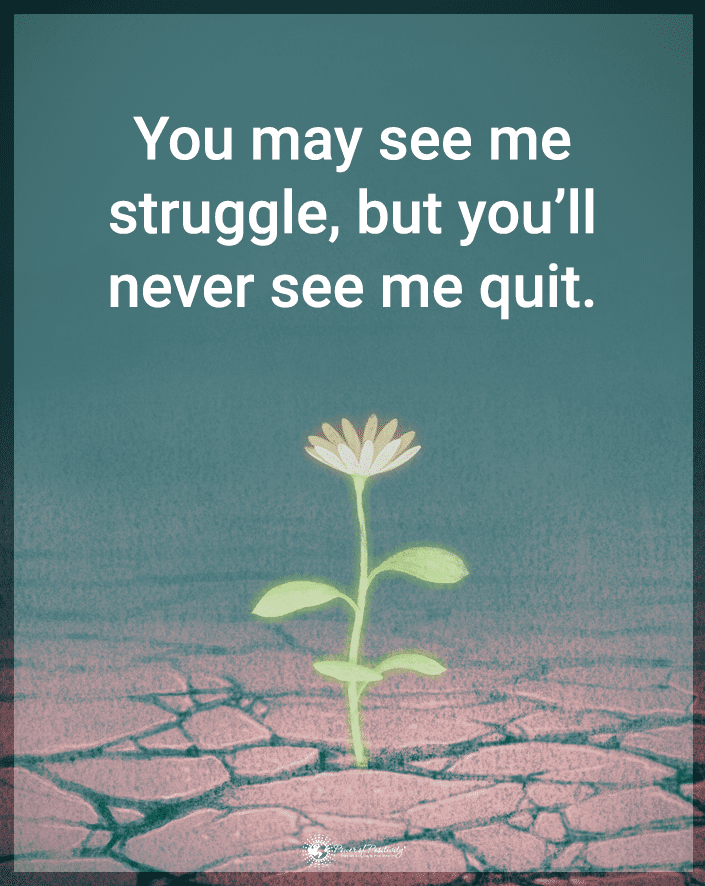If you want to fill your indoor space with plants, it’s easy to become overwhelmed about where to start. You don’t have to have a green thumb to connect with nature without leaving your home. There are many low-maintenance houseplants that anyone can grow with a little sunshine and water.
You can keep indoor plants alive in most conditions, as long as they get sunlight and the correct amount of water. If you’ve ever had a plant that quickly began wilting or yellowing, you likely had a challenging one. Don’t let that stop you from trying again, but ensure you choose a different plant this time.
The houseplants discussed below are perfect for beginners, and you can help them thrive while improving your skills. Finding the right plant for you might take trial and error, but you have many choices. Even if you forget to water it sometimes, it’ll continue thriving.
Some plants can continue to thrive after periods of neglect, making it easy for a beginner or someone without a green thumb. There’s a plant for everyone, and they are more durable than you think.
What You Need in Low-Maintenance Houseplants
Don’t buy the first plant that catches your eye because not all plants are easy to care for. You don’t want to stress yourself over not being able to help the plant thrive. Determining your needs can help you pick the best plant for your home.
If you want a low-maintenance plant, you must avoid anything with super-delicate leaves. Additionally, you’ll want to avoid anything sensitive to soil with salt and mineral buildup. Choose something with flexible care needs that can thrive in any differing conditions.
The best houseplants you can choose as a beginner include those that can:
- Survive in any potting soil
- Grow in different lighting conditions
- Stay resilient when water amounts waver

The Benefits of Houseplants
It’s essential to understand the benefits of houseplants if you want to help them thrive. Having plants in your home does more than improving the aesthetic and allows you to connect with nature. Some of the benefits to having indoor plants are that they:
- Help you relax
- Freshen up your space
- Create a calming environment
- Reduce your stress levels
- Improve your concentration
- Promote a healthy immune system
- Reduce symptoms of mental health conditions
- Boost your productivity
- Improve indoor air quality
Ten Houseplants Anyone Can Grow
When you’re ready to grow a houseplant or two, these are perfect for beginners. Don’t worry if you’ve killed a houseplant before because these options are resilient, and anyone can grow them.
1. ZZ Plant
The ZZ plant is scientifically called Zamioculcas zamiifolia. It is a tropical plant that is also one of the easiest to care for. It doesn’t need much water as you can go weeks without watering it.
This plant is also okay without much sunlight, although it will need some. It’s important to note that it is toxic to cats and dogs, so you might want to consider a different plant if you have pets.
2. Monstera
This plant can adapt to most light conditions, so you don’t have to worry too much about placement. It’s also drought-tolerant, so it’s okay if you forget to water it sometimes. This tropical plant is low maintenance, and anyone can grow it.
If the leaves of your monstera become crispy, it means it’s either getting too much sun or not enough water. Yellowing leaves indicate overwatering. If either of these happens to your plant, it’ll bounce back quickly once you adjust how you care for it.
3. Chinese Evergreen
This plant is also called Aglaonema and is a striking low-maintenance plant. It is resilient to low light and will be okay if you forget to water it or overwater it.
The colors range from hot pink to light green, allowing a pop of color in your home. You can even find white and red on some of them. A Chinese evergreen plant is toxic to cats and dogs, so be mindful if you have pets.
4. Philodendron Heartleaf
The philodendron heartleaf is an adaptable plant that prefers indirect sunlight. You’ll want to be careful of placing it in a location with bright sunlight because it can cause it to wilt. It likes lots of water, but it’ll be okay if you forget occasionally. You’ll also want to watch out for overwatering because it can cause the leaves to turn yellow.

5. Snake Plant
A snake plant is easy for anyone to grow, so it’s perfect for beginners or those without a green thumb. It’s a type of succulent and thrives in dry conditions, so you won’t have to worry about a watering schedule. As long as they get enough light and you water them sometimes, you can enjoy them in your home for years.
The leaves are stiff, sharp, and spikey, so be careful when touching them. They’re also toxic to cats and dogs, so you might want another option if your pet tends to get into your plants.
6. Aloe
Aloe is one of the easiest plants to care for and are usually inexpensive, too. This plant is toxic to pets, so remember it before purchasing. Aloe prefers a bright, sunny spot in your home but will do okay on a desk or bedside table that gets indirect sunlight.
You only have to water it once every two to three weeks, depending on how dry the soil feels. This plant is beneficial to keep in your home because it has medicinal properties. Breaking a leaf off allows you to access the gel that helps soothe sunburns, lighten dark spots, and moisturize the skin.
7. Sansevieria
A sansevieria plant thrives in many environments. It can survive in low light or in areas of bright and full sunshine. This plant also doesn’t need much water and isn’t sensitive to changes in temperature.
Sansevieria has air-purifying properties, making it popular amongst those who want fresh air in their home. If the leaves become yellow, droopy, or smell funny, you’re overwatering it.
8. Cactus
Cactus is a prickly succulent that prefers dry landscapes, so they’re perfect if you often forget to water your plants. They grow slowly and don’t require fertilizer or special soil. Cactus will thrive if you place them in a bright and sunny location in your home. Since they are prickly, they can be dangerous to children and pets.
9. Paddle Plant
This bold succulent has big, round leaves and pink tips. They prefer bright light, so it’s best if you sit them in a sunny location like on a windowsill. It’s okay if their soil gets dry, so it’ll survive if you forget to water it sometimes.
10. Peperomia
With over 1,000 species of peperomia, it’s easy to find one that you enjoy looking at. Each species has a uniquely shaped leaf and color, and they are resilient if you forget to water them.
The most common peperomia is a rubber plant, which can tolerate different amounts of light. They prefer a slightly shady spot but will do okay in a bright area.
The lemon-lime variety of peperomia has a striking yellow and green leaf pattern. This plant holds water in its stems and leaves, making them resilient if you forget to water them.
Ensure the soil is dry before watering it again every week or two. Overwatering is easy, so don’t do it too often. If you accidentally do too much, the plants will bounce back when the water dries up a little.
Things to Keep in Mind When Growing Houseplants
When choosing your plant container, you’ll want to consider the size. A large container or pot is sometimes more manageable because it holds more soil, stays moist, and resists temperature fluctuations.
You must consider the plant’s roots system, too. If your plant becomes rootbound, meaning the roots take up every inch of available soil, it won’t thrive. The plant won’t grow well, and it’ll dry out quickly.
Ensuring the correct side pot or container can make a difference in how well your plant survives. You must also provide your container has drainage holes, or your plant will become waterlogged. If your container doesn’t have holes, it’s best to use it as a cover for the original pot instead.
Once you’ve chosen your container and added the soil, you’ll want to water the plant thoroughly. The watering frequency depends on the temperature, amount of sun, plant size, and pot size. Water it enough that the soil never completely dries out, or it could be hard to re-wet.
You can add a layer of mulch on top of the soil. It’ll help it look more attractive and retain moisture for longer. Keep the mulch at least an inch away from the plant’s stems.

Final Thoughts on Easy to Grow Houseplants Anyone Can Grow
You might think growing houseplants is hard, but anyone can do it. All that it takes is finding the right houseplant for you. It’ll be resilient and can withstand care fluctuations. These plants will get you started on your houseplant journey. Once you get comfortable caring for the easy plants, you can move on to something more challenging.

















